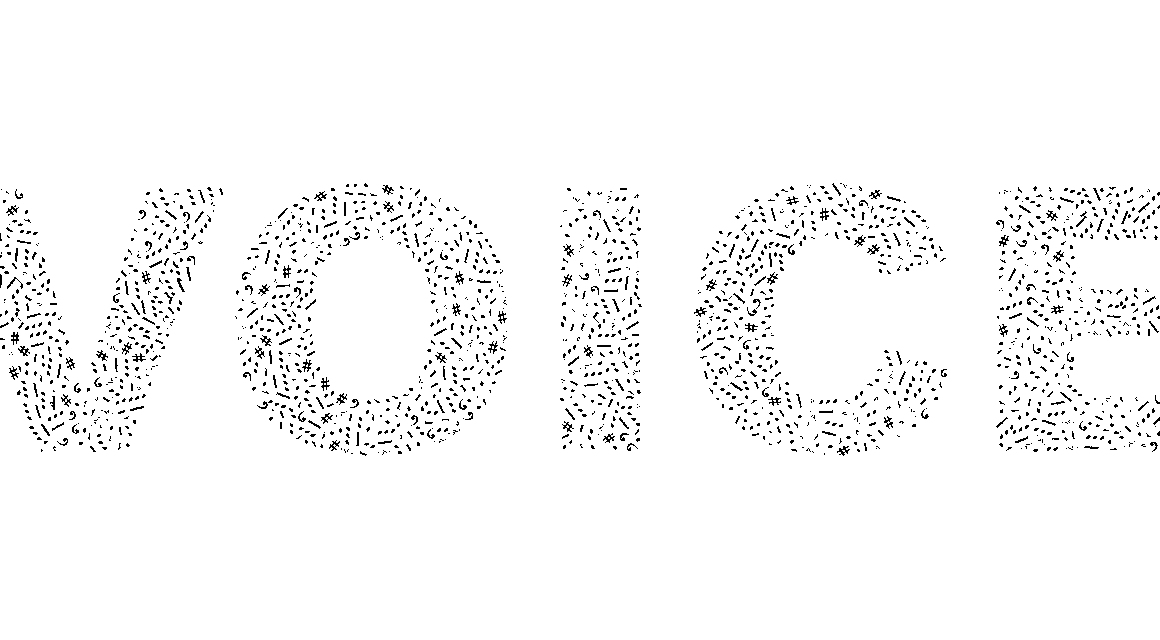Building a Consistent Brand Voice Across Marketing Channels
A well-defined brand voice is crucial for effective brand communication plans. When your brand voice is consistent and cohesive across all platforms, it strengthens your brand identity and builds trust with your audience. Achieving this begins with understanding who your audience is and what they expect from your brand. Conducting thorough market research can present valuable insights into your target demographic’s preferences, values, and pain points. By defining your brand’s unique personality, you can tailor your messaging to resonate with your audience. A consistent brand voice provides clarity and reliability, which customers appreciate. One effective approach to maintain consistency is to create a style guide that outlines your brand’s tone, language, and key messaging. This guide will serve as a reference for all team members and partners involved in content creation. Brand communication should resonate emotionally with your audience. Additionally, regularly reviewing and updating your communication strategies helps to ensure alignment with evolving trends and the dynamic nature of your target market. Lastly, ensure that all marketing channels reflect the same brand voice, creating a unified and powerful brand presence.
Establishing Brand Guidelines
To build a consistent brand voice, start by establishing brand guidelines that cover visual and verbal identity. This ensures that everyone involved in communicating your brand understands the essence of your voice and how to use it effectively. Key elements to include are the mission and vision statements, the brand’s tone, and language preferences. For instance, if your brand emphasizes professionalism and expertise, your language should reflect formality and precision. On the other hand, a startup in the tech industry may adopt a casual and conversational tone to appear approachable. Include specific examples of do’s and don’ts in your guidelines. This framework provides clarity and direction, ensuring everyone speaks the same language when representing your brand. Additionally, consider including templates for various communication types, such as social media posts, email newsletters, and advertisements. By providing these templates, you promote adherence to your established voice. Implement training sessions to familiarise staff with these guidelines, emphasizing their importance to brand integrity and recognition. Review these guidelines periodically to adapt to market changes and evolving audience expectations, ensuring continued alignment with brand values.
Utilizing multiple marketing channels effectively requires an understanding of each platform’s unique characteristics. Your brand voice should be adaptable to fit these contexts while remaining consistent in core messaging. For instance, the tone and style on social media may differ from that in formal email communications, yet the underlying message should remain harmonious. Tailor your content strategy to the distinct audience of each channel. For instance, LinkedIn users may favor professional insights, while Instagram users appreciate visual storytelling. To achieve this, developing a content calendar is essential. This calendar can outline specific themes and messages for each channel, helping maintain both diversity and consistency. In addition, leverage analytics tools in each medium to gather insights on audience preferences and engagement levels. Tailoring your approach requires ongoing assessment and refinement based on real-time feedback and performance metrics. Regularly review and adjust your messaging to ensure that you remain relevant and engaging. By striking the right balance between adaptability and consistency, your brand voice can resonate across all channels, enhancing the effectiveness of your brand communication strategies.
Engaging with Your Audience
Consistency in your brand voice fosters trust and engagement with your audience. Engaging content invites your audience to interact with your brand directly. Encourage conversations by asking questions and responding to comments promptly. User-generated content is another powerful form of engagement. This not only reinforces your brand voice but demonstrates authenticity. Sharing customer testimonials or user stories showcases real-life experiences with your brand, adding credibility. Another effective technique is using surveys or polls, enabling you to gather feedback directly from your audience. Incorporate this feedback into your communication plans to continually refine your brand voice. Regularly engaging with users helps build a community around your brand, making people feel connected and valued. It’s also essential to celebrate milestones, achievements, and even challenges with your audience. Transparency goes a long way in building strong relationships. Ensure your voice remains consistent during both triumphs and setbacks, providing assurances and support. Acknowledging public sentiment can enhance your brand’s relatability. Building this rapport with your audience reinforces loyalty and fosters an environment where your brand can thrive.
Monitoring your brand voice’s consistency across marketing channels is crucial for maintaining brand integrity. Regular evaluations will help to identify areas for improvement. Set up a monitoring system that assesses how well your messaging aligns with established guidelines. This can include tools like social listening platforms that provide insights into online conversations around your brand. Look for common themes and sentiments expressed by your audience. Align your content strategy with these findings to ensure that your messaging remains relevant and resonates deeply with your audience. Conducting a review of past campaigns can reveal what has worked effectively and what hasn’t. Evaluate each piece of content against your style guide to ensure alignment. Inconsistencies can diminish brand credibility and confuse your audience. Training sessions and workshops focusing on voice consistency should be a part of your ongoing professional development initiatives. Involve teams from marketing, sales, and customer service, as every touchpoint amplifies your brand voice. Remember, consistency does not mean rigidity; it allows for creativity within a framework, encouraging innovation while maintaining your unique identity. An agile approach can help your brand stand out in today’s fast-paced market.
Evaluating Your Brand Voice
Regular evaluation of your brand voice across platforms is essential for ensuring your communication strategies are effective. Establish key performance indicators (KPIs) to track engagement levels, audience sentiment, and brand awareness. This data-driven approach will help determine whether your messaging resonates with your target demographic. Analyze interaction rates, shares, and comments thoroughly. It is also vital to conduct customer feedback sessions to gauge perceptions of your brand voice. Gather insights from surveys or focus groups to understand the emotional connection your audience has with your messaging. This engagement is crucial for determining what aspects of your brand voice are working well and which need adjustment. Consider maintaining an open channel for ongoing feedback, allowing customers to voice their opinions on your communication. Additionally, keeping up with industry trends can provide fresh insights into your audience’s changing preferences. Using these insights can help you refine your brand voice while maintaining consistency with core values. Adapting your messaging to align with market shifts ensures that your brand remains relevant and continues to foster genuine connections with your audience.
Finally, successfully maintaining a consistent brand voice across all marketing channels requires dedication and commitment from your entire organization. Buy-in from leadership fosters a culture of adherence to brand guidelines. Collaboration between teams is essential for ensuring that everyone understands and embodies the brand voice. Leaders should advocate for ongoing training and resources, enabling your team to develop their skills in brand communication. Creating a rewarding environment where employees feel empowered to suggest improvements will enhance collaboration. Encourage team members to share their experiences and insights, fostering a sense of ownership over the brand voice. Checklist or metrics for evaluating their work can strengthen accountability and commitment. By synchronizing efforts across departments, you ensure a seamless brand experience for customers. Remember, a brand voice isn’t merely about words—it’s the essence and values that define your brand. It’s vital to act consistently, genuinely reflecting your core identity in everything you do. Strive for transparency and authenticity in all your communications. Ultimately, a consistent brand voice, coupled with engaging content and strong audience connections, fosters brand loyalty that withstands the test of time.


